Intelligent Product Development: Using Feedback Loops for Smarter Innovation
- Introduction to Intelligent Product Development
In today’s dynamic business environment, innovation is not just a differentiator—it is a necessity. Companies striving to lead in their markets must deliver advanced, high-quality products that are not only efficient to manufacture but also adaptable, reliable, and tailored to user needs. This pursuit has given rise to the concept of Intelligent Product Development—a systematic approach that integrates advanced design principles, customer-centricity, and seamless collaboration across the supply chain.
Intelligent products are designed with features and functionalities that reduce complexity, enhance reliability, and eliminate the need for constant adjustments or additional services. By embedding these attributes into product development, companies can cut production costs, expand usability, and deliver system-wide benefits across the supply chain. These products are less vulnerable to price sensitivity, shifting the focus from transactional sales to strategic, value-driven business models.
The backbone of Intelligent Product Development lies in feedback loops, which bridge the gap between design teams, manufacturers, supply chain partners, and end-users. These loops facilitate the continuous exchange of insights, fostering smarter, faster, and more effective innovation.
- The Importance of Feedback Loops in Innovation
Feedback loops are the critical mechanism through which companies transform insights into actionable improvements. They create a dynamic system where data and observations flow seamlessly between stakeholders, enabling iterative refinement at every stage of the product lifecycle.
A well-structured feedback loop ensures that input from all key players—whether it’s engineers, suppliers, sales teams, or customers—is captured and incorporated into the development process. This collaborative approach helps identify inefficiencies, resolve design flaws, and adapt to changing market demands with agility. For example, customer feedback can reveal unmet needs or unexpected use cases, while production data might highlight bottlenecks in manufacturing. By integrating these insights, companies can optimize their processes, reducing time-to-market and improving product quality.
Moreover, feedback loops enhance a company’s resilience to disruption. In a rapidly evolving market, the ability to pivot based on real-time feedback can mean the difference between success and obsolescence. By embracing this iterative model, organizations not only innovate smarter but also build trust and loyalty among their stakeholders.
- Implementing Feedback Loops in Product Development
To harness the full potential of feedback loops, companies must adopt a structured, technology-driven approach. Below are the foundational steps for integrating feedback mechanisms into product development:
- Build Multidisciplinary Teams
Assemble teams that combine expertise from various functions such as design, engineering, marketing, and customer support. This diversity ensures a holistic perspective on product performance and areas for improvement.
- Leverage Advanced Data Tools
Utilize tools such as predictive analytics, IoT devices, and cloud platforms to collect and analyze data across the product lifecycle. These technologies enable real-time insights that can inform critical decisions quickly and accurately.
- Embed Feedback into Company Culture
Establish a culture where feedback is actively encouraged and valued. Employees, partners, and customers should feel empowered to share their insights, knowing they will lead to meaningful action.
- Prototype and Iterate Rapidly
Adopt a “fail fast, learn faster” mindset by using rapid prototyping techniques. Early testing with end-users provides invaluable feedback that can refine designs before full-scale production begins.
- Ensure Feedback Is Actionable
Feedback has little value if it isn’t acted upon. Develop systems to prioritize insights, implement changes efficiently, and communicate those changes back to stakeholders. This “closing the loop” reinforces the importance of collaboration and continuous improvement.
- Future Trends in Intelligent Product Development
As the landscape of innovation evolves, so too will the tools and strategies driving Intelligent Product Development. Here are the key trends shaping its future:
- Artificial Intelligence and Machine Learning
AI will become central to processing vast volumes of feedback data, uncovering patterns, and predicting future needs. This will enable companies to deliver highly personalized products and streamline the development cycle.
- Digital Twins
Digital twin technology—virtual models that simulate real-world product performance—will revolutionize how companies test and refine their designs. This approach minimizes the need for physical prototypes, saving both time and resources.
- Collaboration Through Emerging Platforms
With remote work on the rise, collaboration tools such as augmented reality (AR) and virtual reality (VR) will play a vital role in facilitating global teamwork. These platforms will make it easier to gather and act on feedback across geographies.
- Sustainability as a Priority
Consumers and regulators alike are demanding sustainable products. Feedback loops will increasingly incorporate environmental impact metrics, ensuring that products align with sustainability goals while meeting customer expectations.
- Enhanced Customer Involvement
End-users will play a larger role in shaping product development, thanks to advancements in user feedback tools. Technologies such as AR-based product previews and interactive feedback platforms will enable deeper engagement with customers during the design phase.
- Conclusion
Intelligent Product Development, powered by robust feedback loops, represents the next frontier of innovation. By fostering collaboration, leveraging advanced technologies, and adopting an iterative approach, companies can create products that not only meet market demands but also set new standards for quality and reliability. As the pace of change accelerates, the ability to effectively implement and refine feedback systems will determine which organizations emerge as industry leaders. For those willing to embrace this smarter way of innovating, the rewards are limitless.
